In many countries, Christmas is celebrated with the family, but for Japanese,
New Year is an important day for the family to celebrate.
Many Japanese eat “Osechi” on New Year’s Day.
Each New Year dish has its own wishes and thoughts.
Let me introduce it.
Related article :How to spend the Japanese New Year
Related article :2021 New Year’s Japanese dishes at home
What is “Osechi” ?
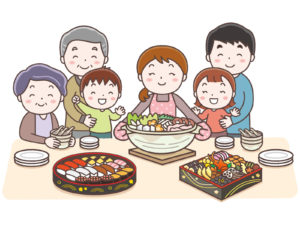
This is a festive dish that Japanese people eat on New Year’s Day.
Food is packed in a 2- to 5-tiered lunch box, commonly called a “jubako”.
Origin of “Osechi”
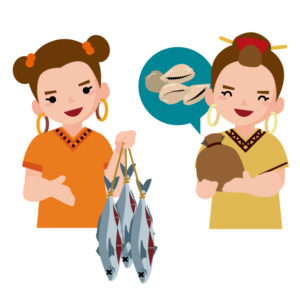
Osechi was introduced from China in the Yayoi period about 2000 years ago.
In the old days, the dishes eaten on the five “Sekku” days of 1/1, 3/3, 5/5, 7/7, and 9/9 were called “Osechi”.
Right now, only the dishes that are eaten on 1/1 are called osechi.
Originally, it was a dish to offer to God on this “Sekku” day.
It was a dish to wish for a year of good crops, no illness, and prosperity of descendants.
Why do you pack it in a “jubako”?

It is a wish to repeat “happiness”.
Generally, the first one is packed with festive ingredients and appetizers. The second is grilled fish and shrimp, the third is vinegared food, and the fourth is simmered food.
Name and meaning of “Osechi”
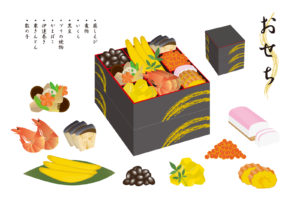
It may vary depending on home and area.
There are 20 to 30 types of New Year dishes in all.
At the end of the year, we will spend many days preparing this dish.
We will introduce some typical ones with meaning and sayings.
KUROMAME
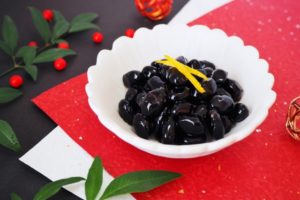
Sweetly boiled black beans.
The meaning of dispelling evil spirits.
The black color can work as much as you “tan”.
Beans are called “MAME” in Japanese.
This “MAME” means to work hard.
You can see the Japaneseness that it is good to work hard.
Related article :How to make boiled black soybeans
Herring roe
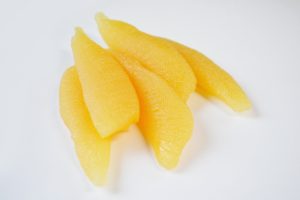
Kazunoko, the egg of herring, is a lucky charm for the prosperity of offspring due to the large number of eggs.
TADUKURI
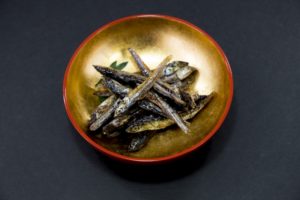
Dried and candy-cooked fry of anchovy.
The fields that used anchovy as fertilizer for crops became a good harvest.
So, I wish you a good harvest.
Related article :How to make ” TADUKURI ( dried candy-cooked fish )”
KAMABOKO
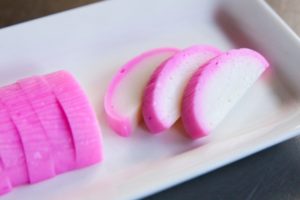
Congratulations are expressed by red and white, or pine, bamboo, and plum patterns.
Red means amulet and white means clean.
DATEMAKI
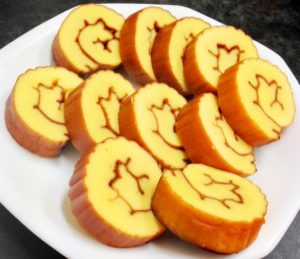
Datemaki is a dish made by mixing egg, fish paste, and sugar and baking it like a swirl. The shape is similar to the scrolls of old books, so it is hoped that the knowledge will increase.
KINTON

Generally, it is chestnuts with sweet potato paste and chestnuts entwined.
“Kin” means money, and we hope that you will be rich.
NAMASU
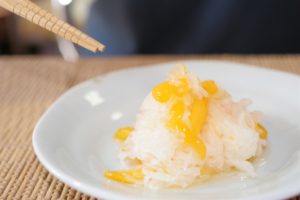
This is a white radish and an orange carrot pickled in vinegar.
I wish for peace and peace because it is on her ribbon in the bag that wraps the congratulatory money.
Grilled sea bream
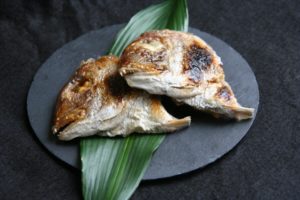
Not to mention the pun of “Medetai”, this fish is suitable for cooking on a happy day as a fish owned by Ebisu, the god of wealth.
Teriyaki yellowtail
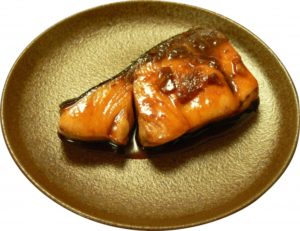
The name of yellowtail changes many times in Japan until it grows large.
Such fish are called “progressive fish” and are lucky charms that wish for a successful career.
Simmered prawns

When boiled, the waist bends like an elderly person, so the wish is put in for a long life.
Related article :How to make Simmered prawns
Boiled clams
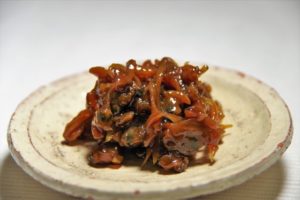
Clams boiled in soy sauce, etc.
Since there is only one shell on the left and right that fits perfectly, it is a lucky charm that symbolizes the harmoniousness of the couple.
Kobu maki
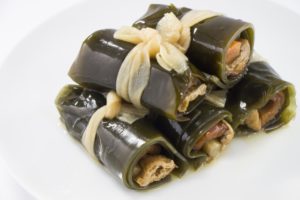
“Kobu” is kelp.
“Kobu” is said to be auspicious because it leads to “yoro-KOBU” (joy).
CHIKUZEN-NI
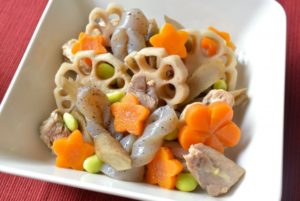
In addition to “lotus root”, which is said to have a clear future prospect after the hole, and “taro”, which is said to be a lucky charm for the prosperity of descendants because of the large number of small potatoes, root vegetables that take root in the soil are used for long-term happiness. It makes sense to pray for.
Related article :Chikuzen-style stew
The reason why many osechi dishes have long-lasting menus

The reason for this is that in addition to the fact that women who usually cook meals should take a rest on New Year’s Day, there is another reason, such as “Don’t make a noise in the kitchen in the New Year when God is welcomed” or “God of fire”. It is said that this is because of the custom from the latter half of the Heian period, “Do not use fire in the New Year so as not to offend the Kojin (God of fire).”
Recent “Osechi”

Nowadays, it’s popular to buy instead of making it themselves. They can even make reservations at famous restaurants, websites and convenience stores.

If you have a New Year in Japan,
Please try Japanese-style Osechi.
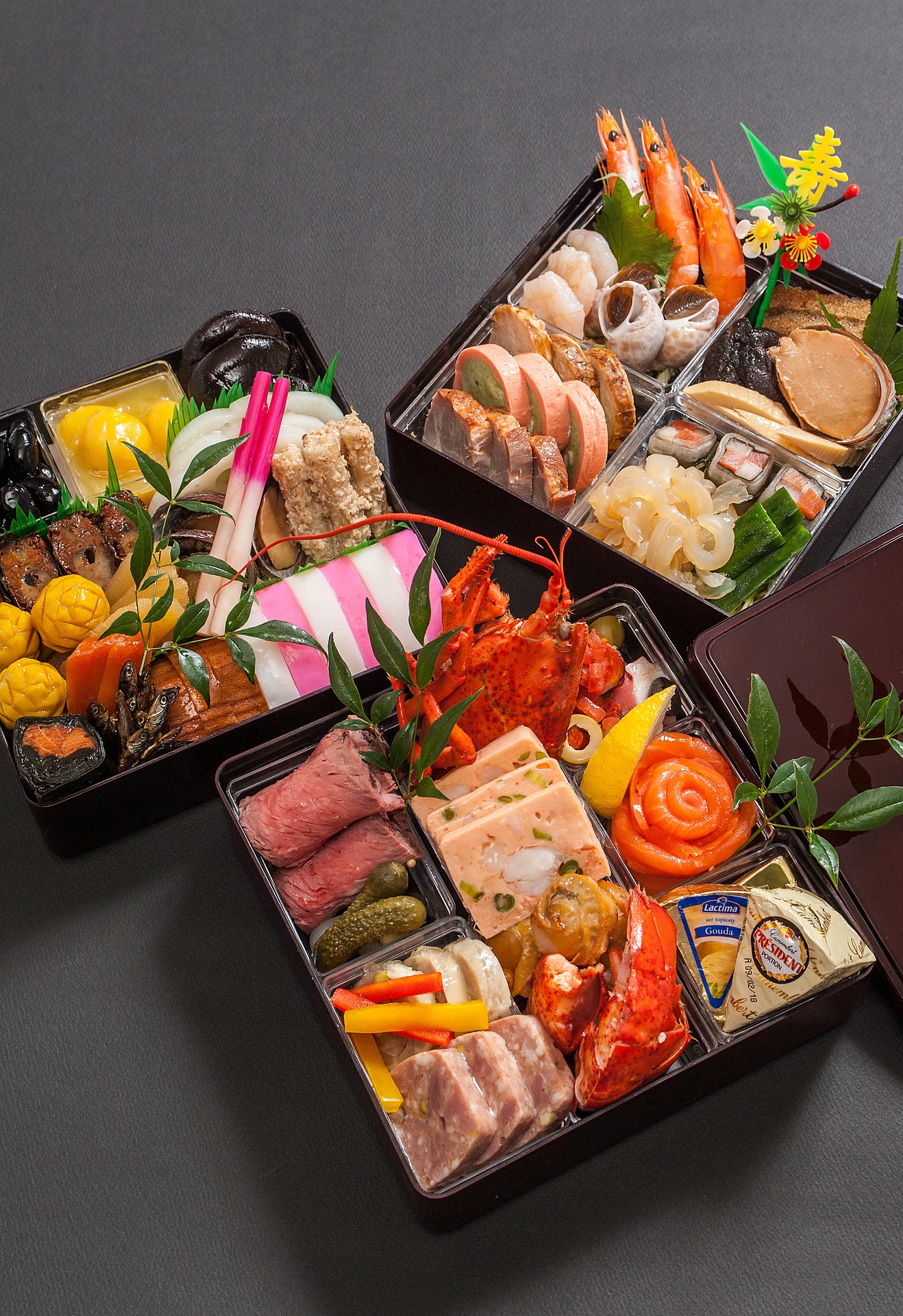

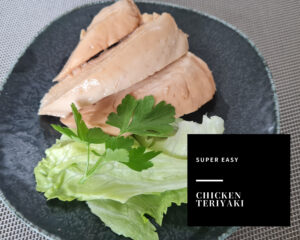
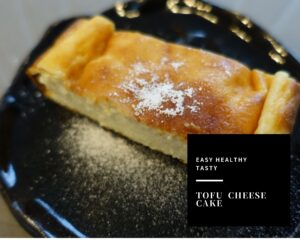

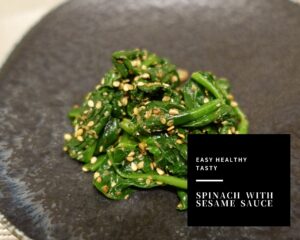

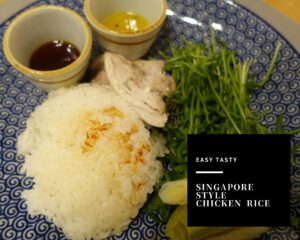
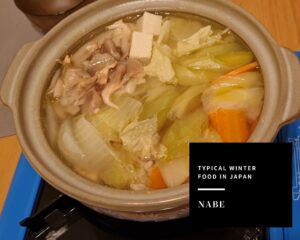
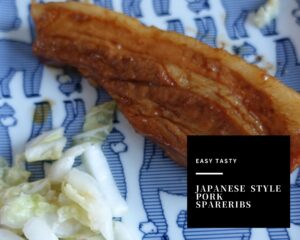
Comments